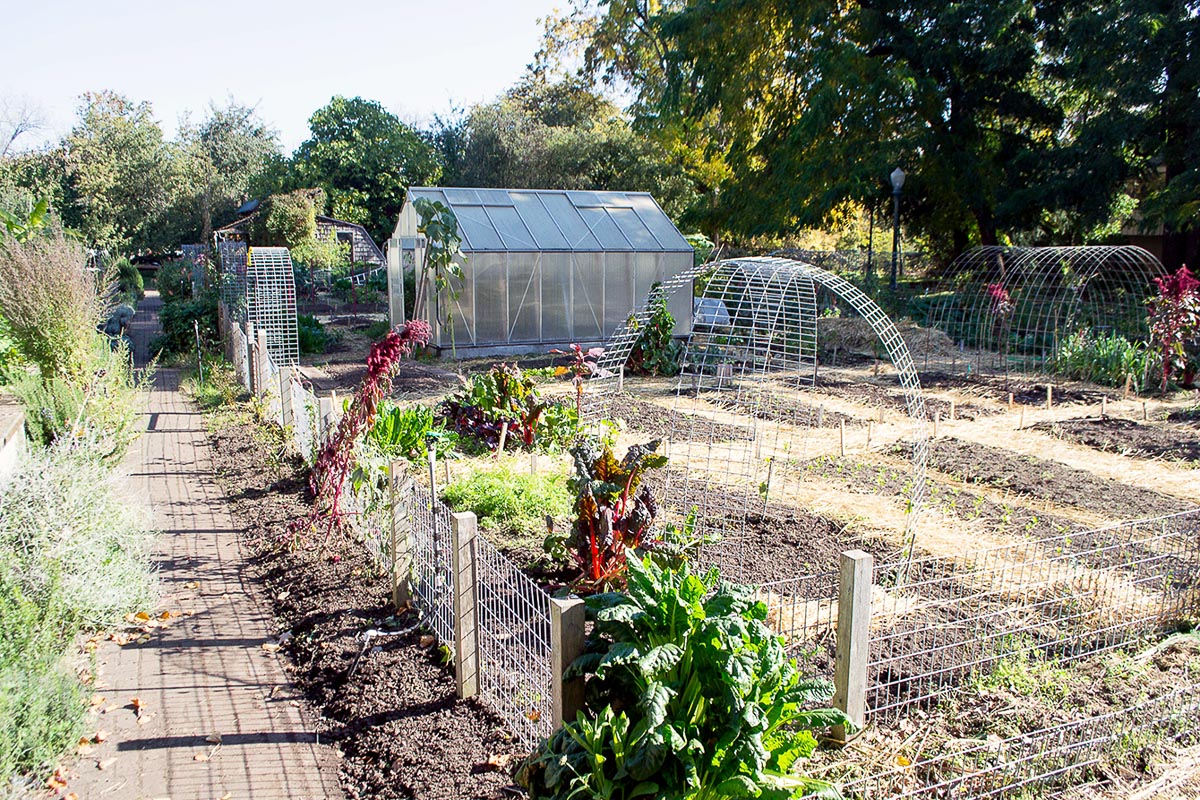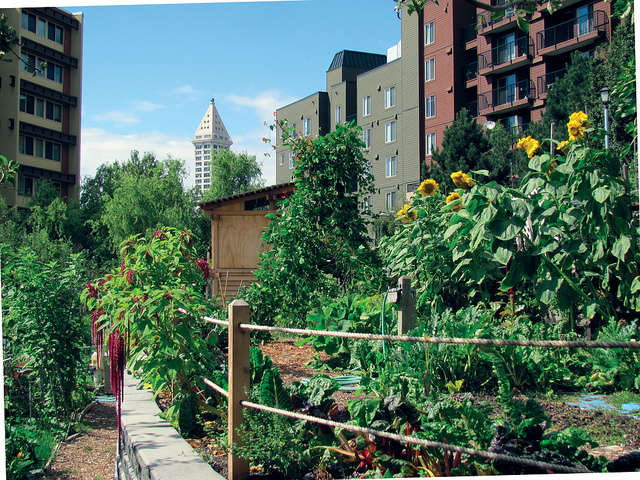Some Of City Blooming
Some Of City Blooming
Blog Article
10 Easy Facts About City Blooming Shown
Table of ContentsEverything about City BloomingCity Blooming Fundamentals ExplainedExamine This Report about City BloomingThe Buzz on City BloomingThe Best Strategy To Use For City Blooming
Fascinated in expanding food for sale in the City of Chicago? Below is a listing of often asked inquiries pertaining to the policies and regulations that growers ought to consider when planning a city agriculture task.
The zoning change does not modify any type of various other codes handling composting, building licenses, acquiring or leasing City owned residential property, organization licenses or ecological contamination. There are existing codes that regulate these concerns and they continue to be in full effect and might apply to your project. Area gardens are typically possessed or taken care of by public entities, civic organizations or community-based organizations and kept by volunteers.
Urban farms grow food that is planned to be sold, either on a not-for-profit or for-profit basis. Due to their business function, city ranches need an organization permit.
The Ultimate Guide To City Blooming
Composting is permitted but only for plant material that is created and made use of on site. The amount of compost product can not exceed 25 cubic yards at any given time according to the criteria in 7-28-715 of the City's Municipal Code. Yes. Due to the fact that the dirt at a lot of brand-new yard sites requires amending, garden compost, soil, timber chips, or various other materials can be obtained to create or enhance the expanding room - urban gardening.

If a building authorization is needed then the hoophouse will certainly be thought about an accessory building. You can figure out even more about the building permit requirements by getting in touch with the Department of Buildings. The 25,000-square-foot size limit is meant to avoid a single community yard from dominating a provided block or diminishing the block's existing property or commercial character.
The restriction does not put on gardens located in Public Open Room (POS) districts. Can there be more than one community yard that is 25,000 square feet on a single block? Yes. The dimension limitation uses to specific gardens, not to private blocks. No. Fencing is not needed, however, yards that have big parking lot may be called for to mount fencing or various other landscaping features.
How City Blooming can Save You Time, Stress, and Money.
B1 & B2 districts call for that all business use activities be carried out inside your home. R areas limit industrial activity. The regulations mirror the objective and intent of the Zoning Code. Is fencing required for metropolitan farms? Yes. Fences may be called for, in addition to landscape design and screening, for sure vehicle parking locations and exterior job or storage locations depending upon place and the particular activity happening.
Yes. Urban ranches call for structure permits and zoning approvals prior to building. Other kinds of city testimonial might be needed relying on particular structures, activities, size, landscape design, licensing, public heath and stormwater management problems. A number of these needs are identified in the project layout or allowing process, nevertheless, the applicant may be liable to individually determine details licenses or allows that may be needed.
The Division of Company Matters and directory Customer Defense can assist identify the specific type of company certificate that's required. Off road car parking is needed for most commercial tasks in Chicago. The needed number of vehicle parking areas is based on the number of staff members functioning on website and not the square video footage of the growing area.
The Buzz on City Blooming

A city farm can sell compost material created on website, nevertheless, the procedure must comply with the laws in 7-28-715 of the Chicago Municipal Code. Aquaponic systems are permitted indoors on metropolitan farms in several zoning districts.
As much as 5 hives or swarms of honey may be kept as an accessory use. However, beekeepers must sign up with the Illinois Department of Agriculture. For additional information concerning the recommended zoning modification you might call the Division of Real Estate and Economic Development, Bureau of Preparation and Zoning at 312.744.8563.
Farming in cities and urban locations A metropolitan farm in Chicago. Urban farming refers to different practices of growing. https://www.intensedebate.com/people/cityblooming1, processing, and distributing food in metropolitan locations. The term additionally puts on the location activities of pet husbandry, tank farming, beekeeping, and cultivation in an urban context. Urban farming is differentiated from peri-urban farming, which occurs in backwoods at the edge of suburban areas.
The Buzz on City Blooming
, who seek to develop social networks founded on a shared ethos of nature and area holism. These networks can develop by method of formal institutional support, becoming incorporated right into local community planning as a "change town" movement for lasting metropolitan development.
Some of the very first proof of urban farming comes from Mesopotamia.
Report this page